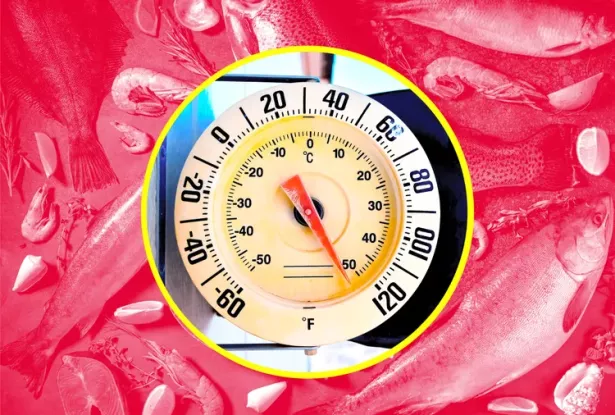On Monday, July 22, the Earth experienced its warmest day in recent history, according to the Copernicus Climate Change Service. On that day, the daily global average temperature reached 17.15°C (62.87°F), an increase from the previous record of 17.09°C (62.76°F) set just the day prior, on July 21, 2024. All this extra heat is wreaking havoc on the planet, including making seafood potentially more dangerous for human consumption.
"The prevalence of Vibrio in seafood is expected to increase both globally and in Europe because of climate change, especially in low-salinity or brackish waters," the European Food Safety Authority succinctly stated in its new report. It added that "resistance to last-resort antibiotics is increasingly found in some Vibrio species." Vibrio, or V. vulnificus, the Cleveland Clinic explained, is a type of bacteria that can enter the human body after eating “uncooked or undercooked shellfish" or through an open wound in brackish water (the water found in areas where rivers meet the sea). The bacteria, it noted, can “lead to sepsis, shock, and large, spreading blisters that destroy tissues.” And while right now the bacteria is rare, the medical journal StatPearls noted that V. vulnificus “has the highest number of seafood-related deaths in the United States.”
As you may recall, in 2023, an outbreak of Vibrio hit the U.S., causing numerous illnesses and one death in Connecticut, New York, and North Carolina. The Centers for Disease Control and Prevention noted in the conclusion of its investigation, "A notable feature of these cases, beyond their severe clinical outcomes, is that they occurred in the wake of record-breaking U.S. heat waves. Although these cases reported during July–August cannot be solely attributed to the heat waves, the relationship between vibriosis incidence and environmental conditions favorable to Vibrio growth, namely elevated water surface temperatures and low salinity, is well-documented."
Experts, including seafood purveyors, do all they can to prevent its spread, including harvesting shellfish in shaded areas, flash freezing, and maintaining cooler temperatures throughout the transport of the products.
To determine just how dire the situation can become if global temperatures continue to rise, the European Food Safety Authority reviewed data spanning the last twenty years and "found in approximately 20% of the tested seafood samples, with one out of five positive samples containing pathogenic strains."
It added that due to the increase in extreme weather events, Europe specifically has seen a rise in Vibrio infections.
"Warmer coastal waters have led to an expansion of areas where Vibrio bacteria can multiply, resulting in a higher risk of infections from the consumption of contaminated seafood, it stated. Like in the U.S., vulnerable regions include those with brackish or low-salinity waters (the Baltic Sea, Baltic and North Sea transitional waters, and the Black Sea) and coastal areas.
European waters are not alone in this threat. In 2023, the U.S. Department of Agriculture also stated that climate change "is expected" to both expand the range and season of Vibrio infections due to sea surface temperatures rising, and to also increase the cost of treatment. It noted that U.S. cases of illness from Vibrio infections "may increase 50% by 2090" compared to 1995 case rates "with moderate increases in greenhouse gas concentrations." however, it added that Vibrio infections may increase by "more than 100% if global warming is not mitigated." The annual total cost of these illnesses will more than double to $6.1 billion in 2090 under the lower emissions scenario and more than triple to nearly $8.6 billion under the higher emissions scenario. It added, "Across both scenarios, about 95% of total costs are attributable to deaths caused by Vibrio infections."
And really, this week's intensely warm weather isn't a one-off. As the Copernicus Climate Change Service also reported that prior to July 2023, the previous daily global average temperature record was 16.8°C (62.24°F), which the Earth hit on August 13, 2016. However, since July 3, 2023 "there have been 58 days that have exceeded that previous record."


Spread the word